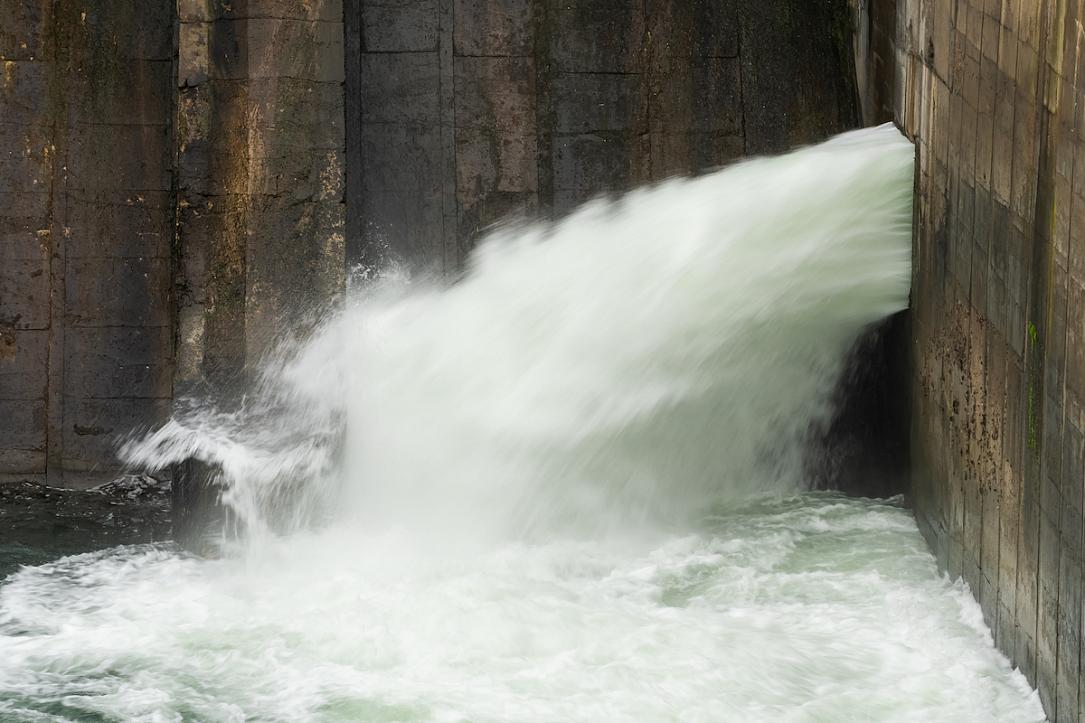Romanian power grid operator Transelectrica argues for reversible hydropower plant Tarnita



Romanian power grid operator Transelectrica argues, in a document consulted by Profit.ro, in favour of the Tarnita-Lapustesti pumped hydropower plant - a 1,000MW project dating from the communist regime but abandoned after 2015 when the feasibility study indicated problematic financial profitability.
The technology of pumped hydropower plants is indicated as "appropriate" after 2030 under any of the several scenarios analyzed by the latest draft of the National Energy Strategy.
The project was estimated to cost some EUR 1 bln.
The technology is the sole mature and feasible technology for energy storage at the level of the years 2020-2030, Transelctrica argues. In addition to delivering balancing services to producers delivering constant power, such as Romania's nuclear power plants, such a facility also enhances the country's energy security, the company adds.
The latest version of the National Energy Strategy project recently put into public debate by the relevant ministry does not mention the Tarnița project individually but generally refers to pumped storage hydropower plants.
″After 2030, pumped storage hydropower plants become appropriate in the capacity mix in all scenarios analyzed. The scenarios estimate pumped storage capacities of around 1,000 MW in 2050, with variations between 850 MW and 1,100 MW. The scenarios in which the estimated need for hydroelectric capacity with pumped storage is the highest are those with ambitious decarbonization,"reads the draft Strategy.
andrei@romania-insider.com
(Photo source: Liviu Popa/Dreamstime.com)